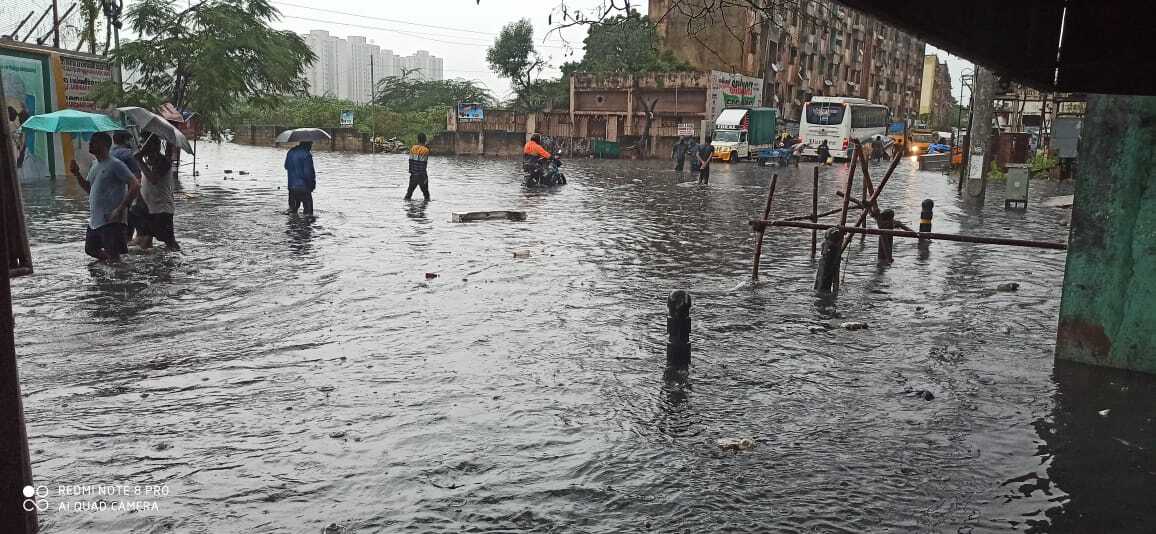
Chennai needs better infra to avoid recurrence of 2015 floods, say experts

The incessant rain that has been lashing Chennai since Saturday night brings back memories of the 2015 floods which claimed the over 400 lives and displaced many more. Even though the present situation is not as bad as then, experts are worried it may worsen with the India Meteorological Department (IMD) having predicted another spell in the next couple of days.
Other, however, say it is too early to compare this year’s rains with the 2015 Chennai floods.
In 2015, the fifth spell of heavy rains was the reason behind the floods. Due to the fifth spell of rains, the city received around 500 mm of rainfall in the upstream areas including the catchment areas of Chembarambakkam reservoir, and 300-350 mm of rainfall in the downstream areas. As a result, as per the tweets of Tamil Nadu weatherman Pradeep John, the state government had to release about 29,000 to 30,000 cusecs of water from the reservoir, causing floods in certain areas.
Also read: Chennai flooding once again raises the need for civic body representatives
“Unlike then, now heavy rainfall of 200 mm was recorded widespread in the downstream areas, and only 50-60 mm of rainfall was witnessed in upstream areas in 24 hours. As a result, only 2,000 cusecs was released from the reservoir,” John said adding that the present situation should not be compared with the 2015 situation, as it is the first spell of the monsoon and more rains are expected in the upcoming days.
“With each passing year, the flood management situation in the city has been worsening and the suffering of people has been increasing,” said S Janakarajan, president of South Asia Consortium for Interdisciplinary Water Resources Studies.
“It is mainly because of the increasing population and growing infrastructures. In 2015, the population density of the city was 26,000 to 28,000 persons per square kilometre. But now, it has increased to about 35,000 persons per square kilometre. Along with the increase in population, urban space has started to shrink as construction is being undertaken everywhere, sometimes even by violating norms. With this, flooding has become a perennial problem of the city,” Janakarajan added.
Raj Bhagat Palanichamy, senior manager, Geo-analytics, WRI India, said that the city still does not have a comprehensive storm water drain network plan, which is important to prevent flooding during monsoon season.
Also read: Chennai received 20cm rain in a day! More in store till November 11
“The local body should have a proper storm water drain network, which is designed based on the multiple factors including impermeable surface and rainfall rate. Then it should be implemented properly on ground. But many pockets in the city have a proper storm drain. Even those areas with the drains are not designed scientifically or not maintained properly,” Palanichamy said.
Palanichamy said that the city should also have “blue-green spaces” like lakes and parks, to prevent inundation by bringing the underground water levels higher and acting as buffer during the rainfalls. Besides, that the city should have mechanisms like rain water harvesting to control the water flowing on the surface, he said.


